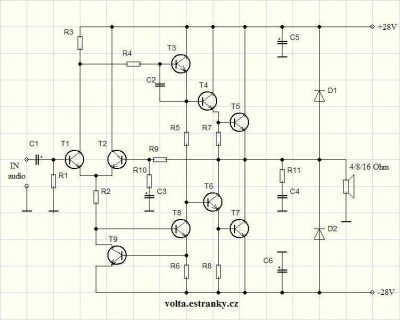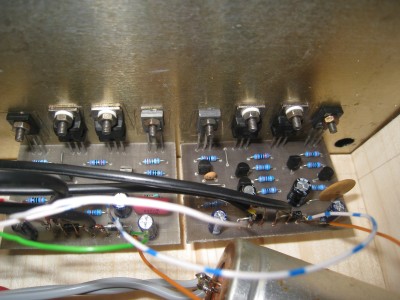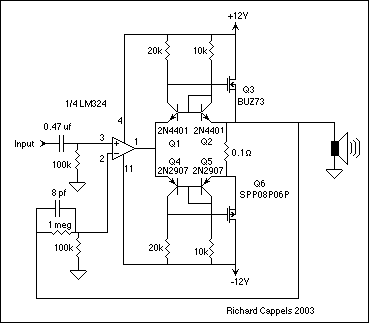Kaspersky Anti-Virus 2013 – the backbone of your PC’s security system, offering protection from a range of IT threats. Kaspersky Anti-Virus 2013 provides the basic tools needed to protect your PC.
Kaspersky Internet Security 2013 – the all-in-one security solution that offers a worry-free computing environment for you and your family. Kaspersky Internet Security 2013 has everything you need for a safe and secure Internet experience. Kaspersky Internet Security 13.0 – is a new line of Kaspersky Labs products, which is designed for the multi-tiered protection of personal computers. This product is based on in-house protection components, which are based on variety of technologies for maximum levels of user protection regardless of technical competencies. This product utilizes several technologies, which were jointly developed by Kaspersky Labs and other companies; part of them is implemented via online-services. Our products for home and home office are specifically designed to provide hassle-free and quality protection against viruses, worms and other malicious programs, as well as hacker attacks, spam and spyware.
During product preparation several competitor offerings were considered and analyzed – firewalls, security suites systems, which position themselves as proactive in defence and HIPS systems. Combination of in-hosue innovative developments and results from analysis gathered through the industry allowed to jump onto a new level of protection for personal users, whereby offering even more hardened and less annoying computer protection from all types of electronic threats – malicious programs of different types, hacker attacks, spam mailings, program-root kits, phishing emails, advertisement popup windows etc.
Kaspersky Internet Security All Features:Essential Protection:* Protects from viruses, Trojans and worms
* Blocks spyware and adware
* Scans files in real time (on access) and on demand
* Scans email messages (regardless of email client)
* Scans Internet traffic (regardless of browser)
* Protects instant messengers (ICQ, MSN)
* Provides proactive protection from unknown threats
* Scans Java and Visual Basic scripts
Extended Protection:* Two-way personal firewall
* Safe Wi-Fi and VPN connections
* Intrusion prevention system
* Intelligent application management and control
o automatically configured application rules
o security rating is assigned to unknown applications
o access to the user’s resources and data is restricted for unknown applications
Preventive Protection:* Scans operating system and installed applications for vulnerabilities
* Analyzes and closes Internet Explorer vulnerabilities
* Disables links to malware sites
* Detects viruses based on the packers used to compress code
* Global threat monitoring (Kaspersky Security Network)
Advanced Protection & Recovery:* The program can be installed on infected computers
* Self-protection from being disabled or stopped
* Restores correct system settings after removing malicious software
* Tools for creating a rescue disk
Data & Identity Theft Protection:* Disables links to fake (phishing) websites
* Blocks all types of keyloggers
* Virtual keyboard is provided for safely entering logins and passwords
* Prevents the theft of data exchanged via secure connections (HTTPS / SSL)
* Blocks unauthorized dial-up connections
* Cleans up any traces of user activity (deletes temporary files, cookies etc.)
Content Filtering:* Parental control
* Improved antispam protection (plugins for Microsoft Outlook, Microsoft Outlook Express, The Bat!, Thunderbird)
* Blocks banners on web pages
Usability:
* Automatic configuration during installation
* Wizards for common tasks
* Visual reports with charts and diagrams
* Alerts provide all the information necessary for informed user decisions
* Automatic or interactive mode
* Round-the-clock technical support
* Automatic database updates
Homepage –
http://www.kaspersky.comSize: 146 MB
Download Kaspersky Anti-Virus 2013 BetaSerial Kaspersky Internet Security 2013 Beta


























